Health is not everything, but without health everything is nothing.
The phrase "Health is not everything, but without health, everything is nothing" expresses a profound truth: While health alone does not automatically bring happiness or fulfillment, it is the foundation for almost everything in life. Without health, everything else becomes secondary—be it success, wealth, or personal goals.

Health is often a sel A matter of course – until we lose it. Only when we are ill do we realize its inestimable value. Health enables us to realize our dreams, maintain relationships, and enjoy life. Without it, even wealth and success lose their meaning. A wealthy person without health will trade all their wealth for a cure because they realize that money alone is not enough.
At the same time, this sentence doesn't mean that health is the only thing in life. A perfectly healthy person can still be unhappy if they lack love, meaning, or spiritual fulfillment. But without health, even these things become elusive.
For each individual, this sentence means that they should pay attention to their physical and mental health. A healthy lifestyle—good nutrition, exercise, sleep, social interaction, and mental well-being—is an investment in the future. Those who neglect their health will sooner or later pay the price.
A healthy society is productive, creative, and stable. If many people are unhealthy, the entire system suffers—be it through high medical costs, a lack of workforce, or a declining quality of life. Investments in healthcare, prevention, and health education are therefore essential.
In a world where stress, unhealthy diets, and lack of exercise are on the rise, this phrase becomes increasingly relevant. It reminds us not to wait until health is lost to recognize its value.
🔹 A healthy person has a thousand wishes. A sick person has only one.
When we talk about investments , we often focus on stocks, real estate, or other financial opportunities. But all of that is worthless if the most important foundation is missing: investing in ourselves . True wealth isn't just money or possessions—true wealth is the freedom to act . It's the feeling of happiness that arises when we live authentically , act with strength, willpower, and joy, and realize our potential.
1. The Body: The Powerhouse of Life
The body is our foundation. It must be full of energy to carry us through life, to perform well, and to enjoy success. Mitochondria —the tiny "powerhouses of the cells"—play a crucial role here.
-
Mitochondria produce ATP (adenosine triphosphate), our body's main energy source. A healthy lifestyle with proper nutrition, sufficient exercise, and deep relaxation ensures that these little powerhouses can function optimally.
-
The parasympathetic nervous system , our calming nerve, is responsible for relaxation and regeneration. In our hectic world, many people constantly live in the sympathetic nervous system's "fight or flight" mode – this drains energy and prevents healing. A relaxed body activates the parasympathetic nervous system, which optimizes metabolism , strengthens the immune system, and unleashes the body's regenerative power .
How do we achieve this?
-
Exercise : Sport and activity keep the metabolism and cells active. At the same time, they promote mitochondrial health and increase energy production.
-
Sleep : Deep, restful sleep is essential for recovery and the reduction of stress hormones. While we sleep, the body repairs cells and regenerates energy.
-
Relaxation and mindfulness : Regular rest periods activate the parasympathetic nervous system, reduce stress and strengthen mental clarity.
2. The mind: clarity, freedom and focus
The mind is a powerful tool that can guide our lives. But old patterns, conflicts, and pent-up emotions often block us. True freedom begins in the mind:
-
Break thought patterns : Negative beliefs and prejudices limit us. Invest in mental clarity through reflection, meditation, or coaching.
-
Freedom from conflict : Those who find peace in their minds create space for new ideas and joy in action.
-
Authentic power : This means acting from your core , with genuine will and joy. The greatest power comes from the inner clarity to do the right thing, out of free will, not pressure.
A clear mind not only increases our performance but also our happiness . It creates a harmony between body and soul that gives us strength and joy.
3. The soul: happiness and true fulfillment
The goal of everything is joy and fulfillment in life . True poverty begins when we are no longer able to act—be it physically, mentally, or spiritually. Wealth is not measured by how much money we have, but by how free we are , how much joy we experience, and whether we have the ability to do what fulfills us.
-
Psychosocial aspects are crucial here. Good relationships, deep love, and appreciative connections with others give us strength. Isolation or conflict, on the other hand, drain our energy.
-
Emotional freedom means freeing yourself from blocking, stagnant feelings. Suppressed emotions lead to stress, illness, and mental heaviness. The path to self-realization begins with processing these feelings and making room for new ones.
Doing things from freedom with joy
The ultimate goal of investing in ourselves is the ability to act freely , with strength and joy. When the body is full of energy, the mind free of blockages, and the soul in balance, we experience:
-
Joy of life : You feel happiness not through possessions, but through experiencing your strength.
-
Authentic power : You act of your own free will and not out of compulsion or stress.
-
True Freedom : Wealth means having the freedom to do what you love.
You should be rich, yes—but not at the expense of your health , your happiness , or your authentic power . Because without this foundation, everything else remains hollow.
Holistic investment in yourself
The most important investment you can make is yourself . By investing in your body, mind, and soul, you create the foundation for true wealth:
-
A body that sparkles with energy and radiates health.
-
A mind that is free and clear.
-
A soul that lives in harmony and fills life with joy.
This is how success is not only achieved, but enjoyed – with deep satisfaction, true freedom, and the happiness that comes from within. This is true wealth: doing things from freedom with joy .


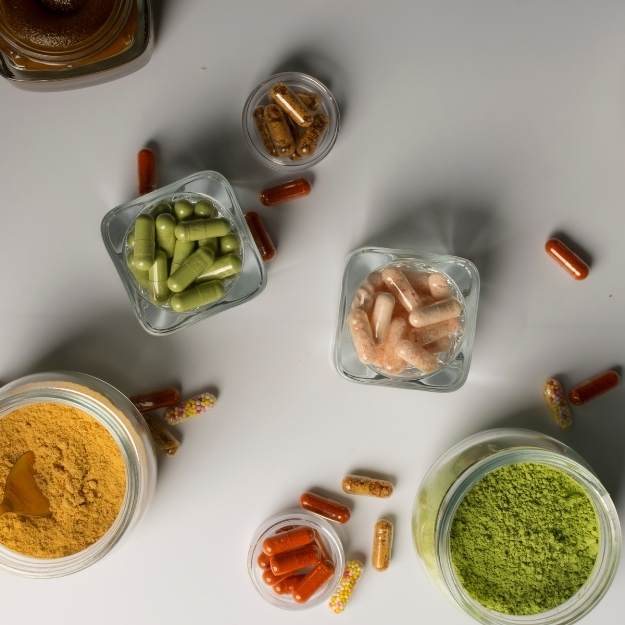
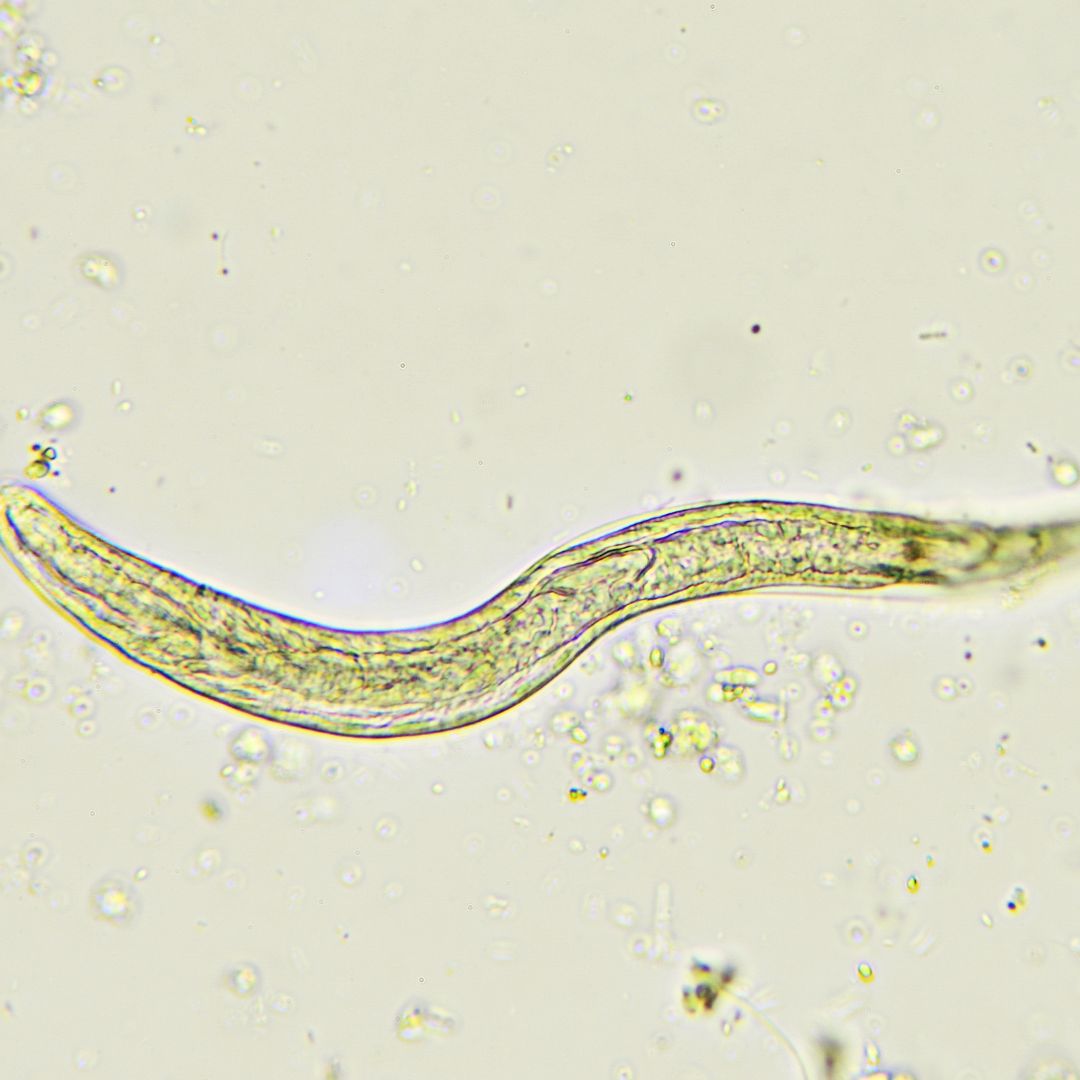
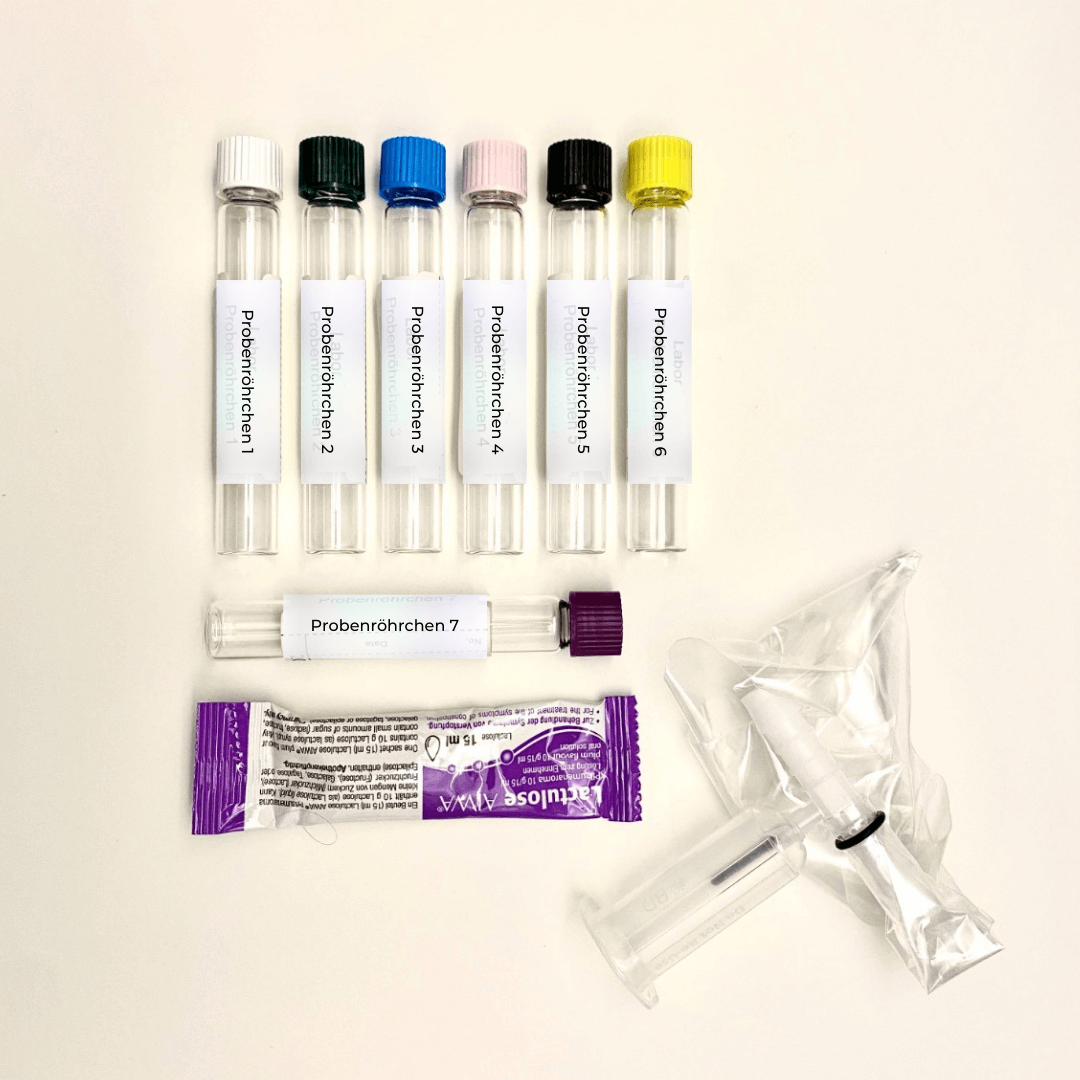
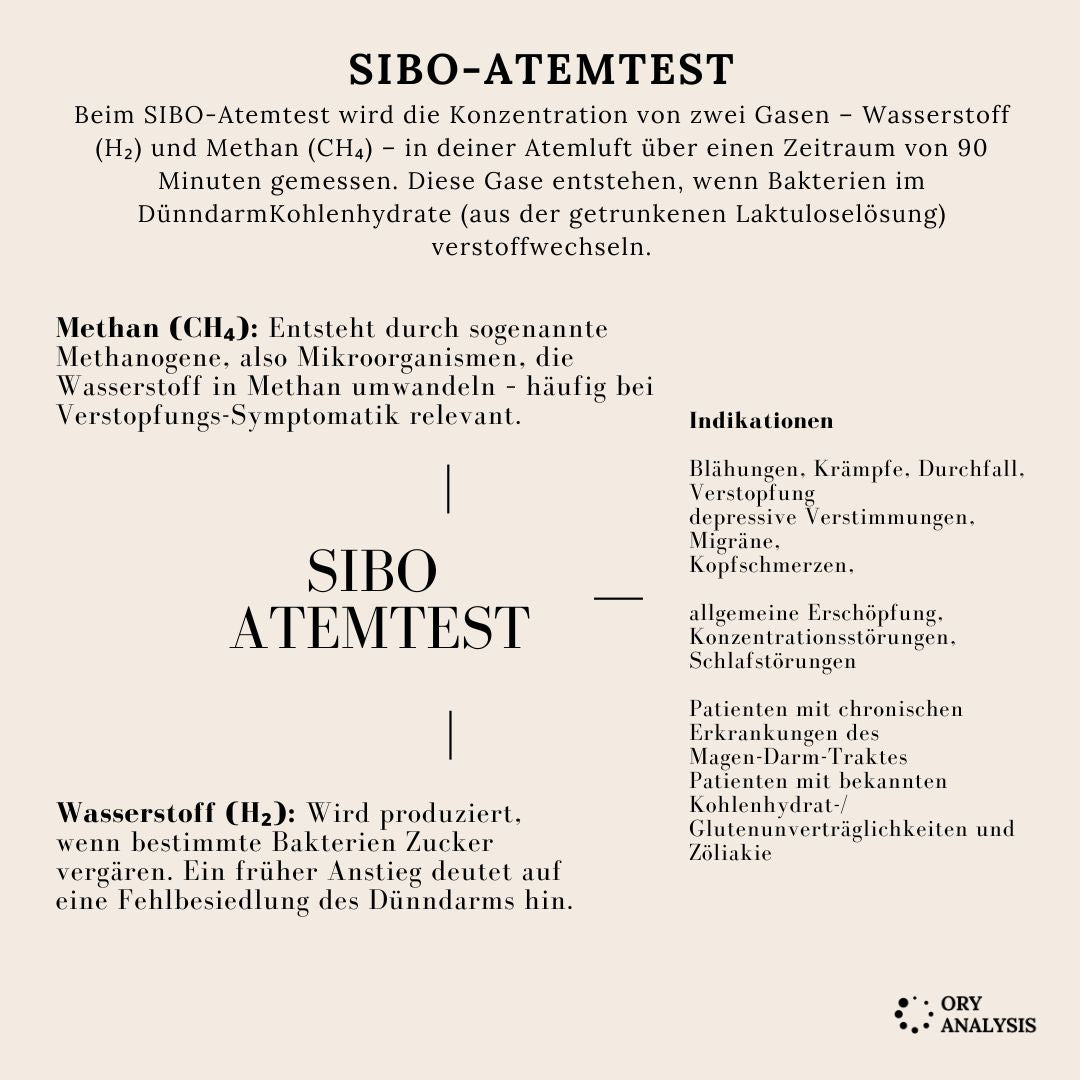
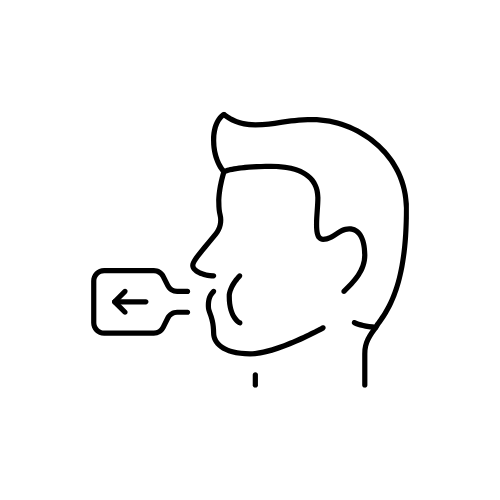

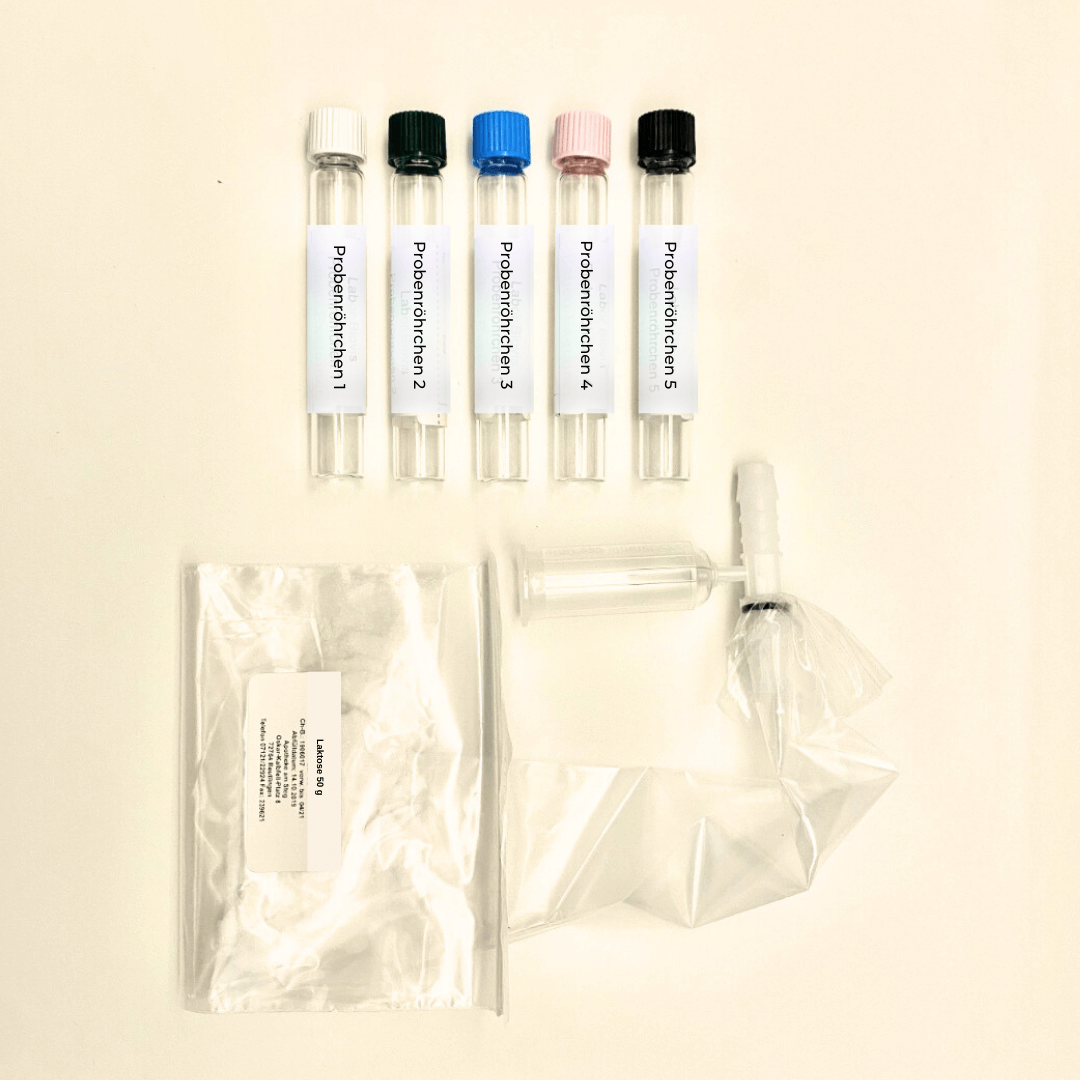

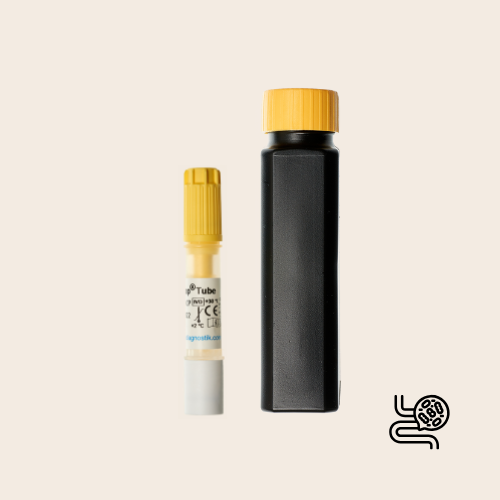





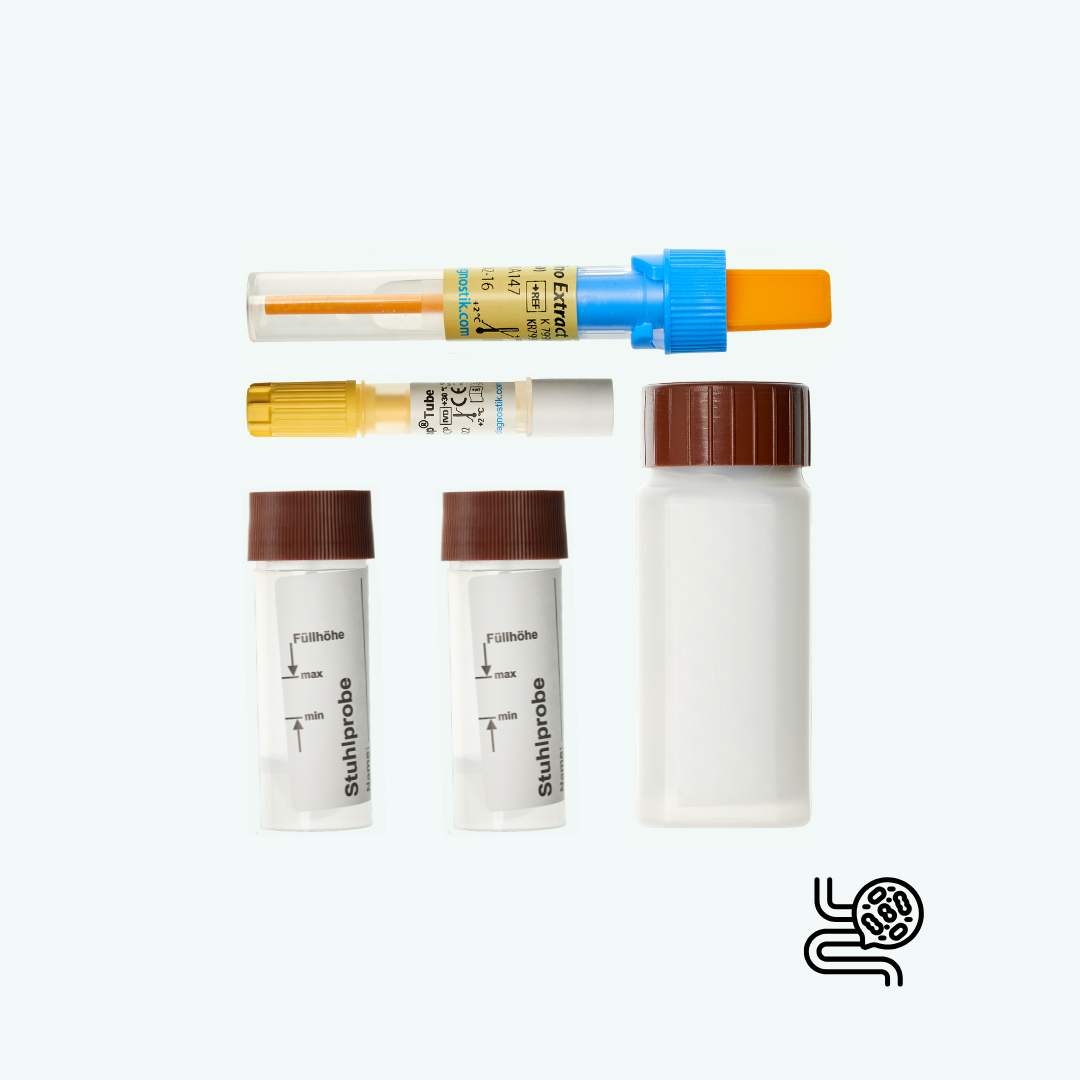




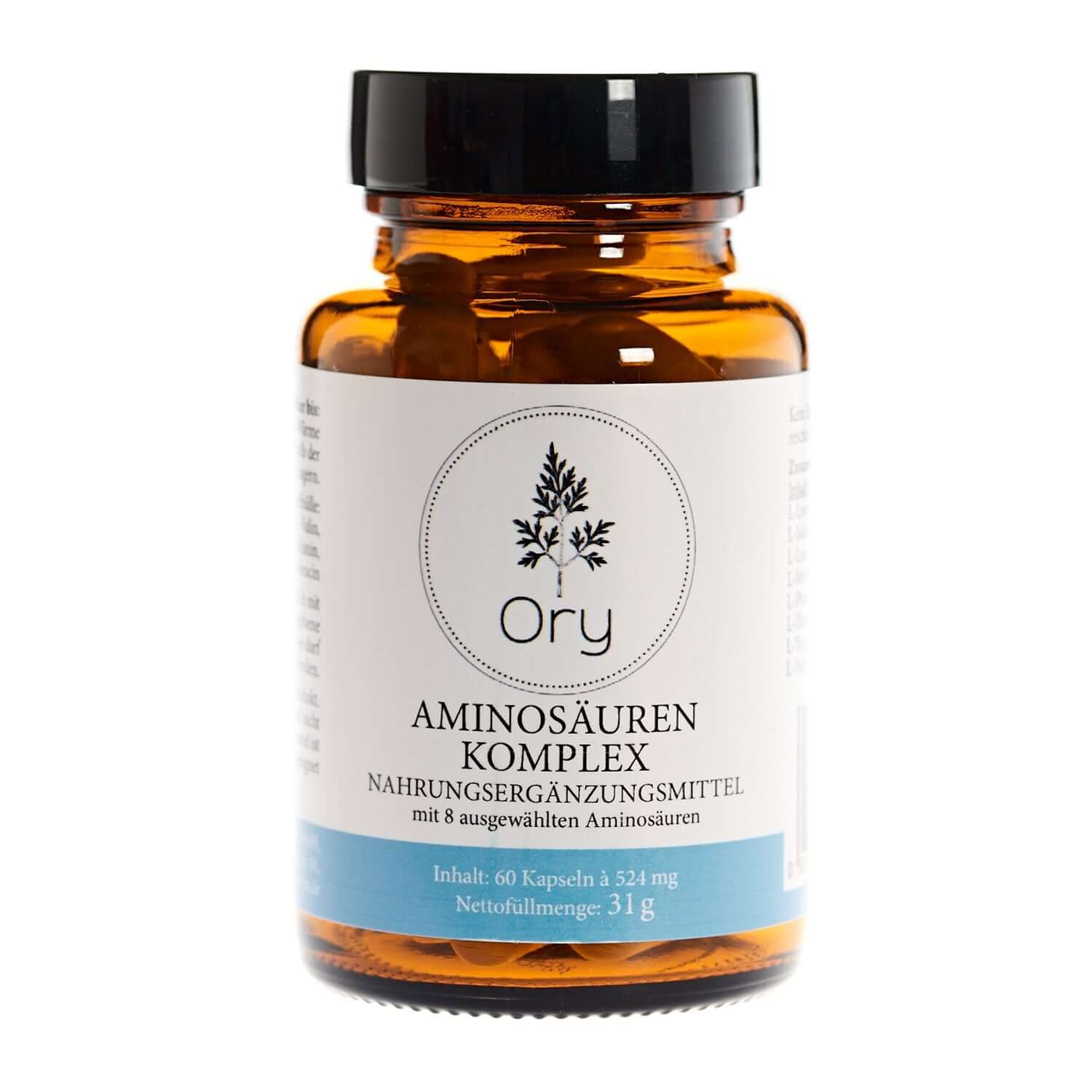
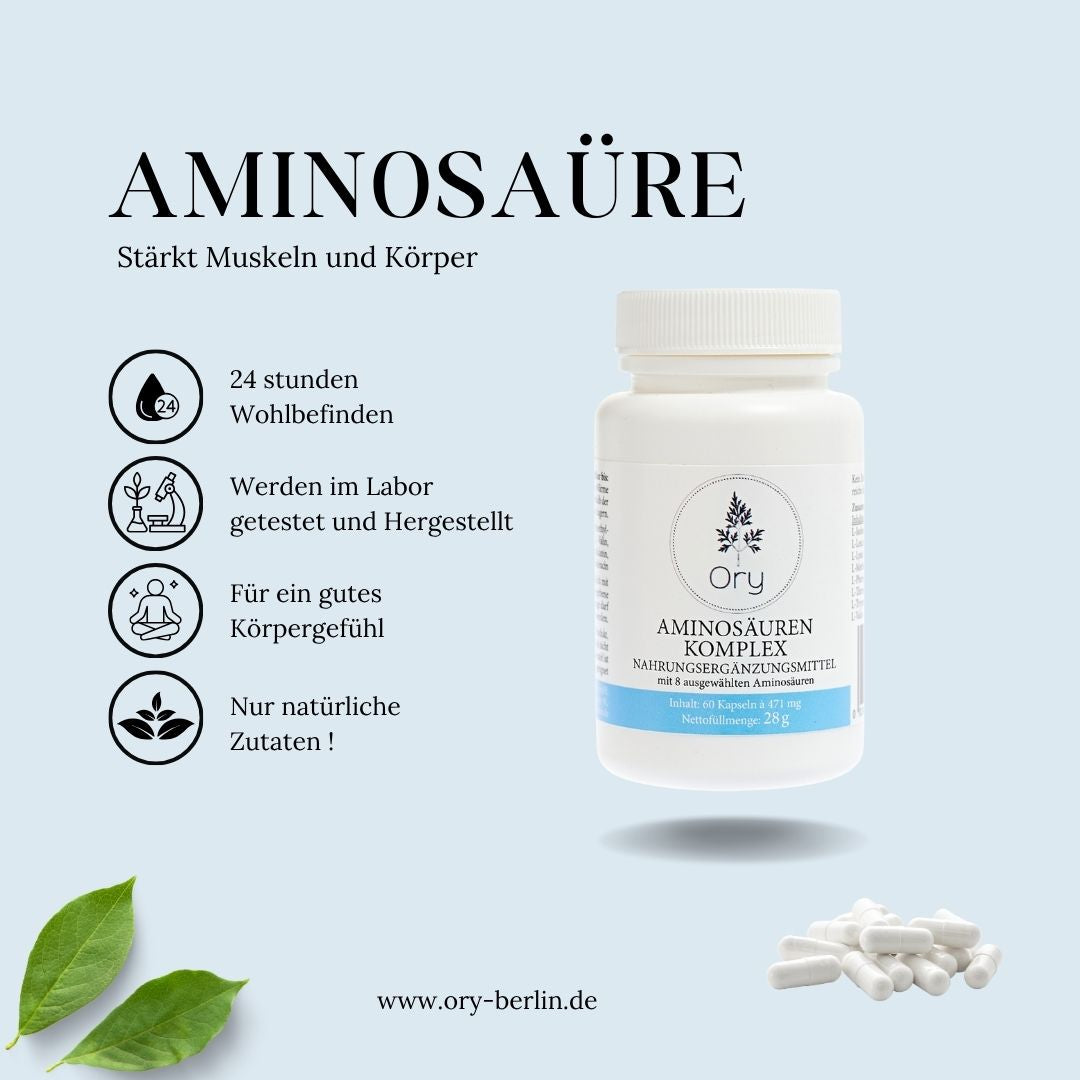
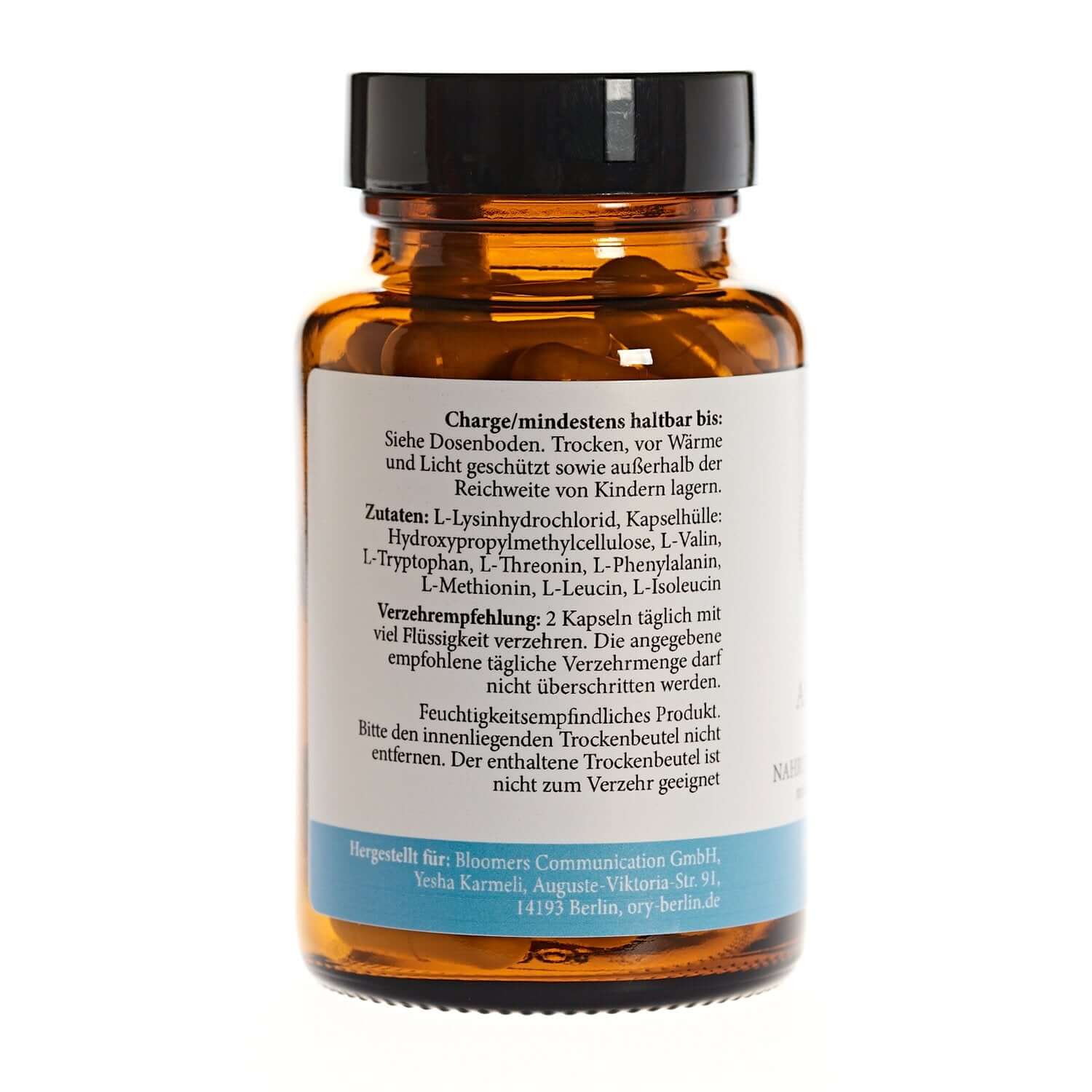


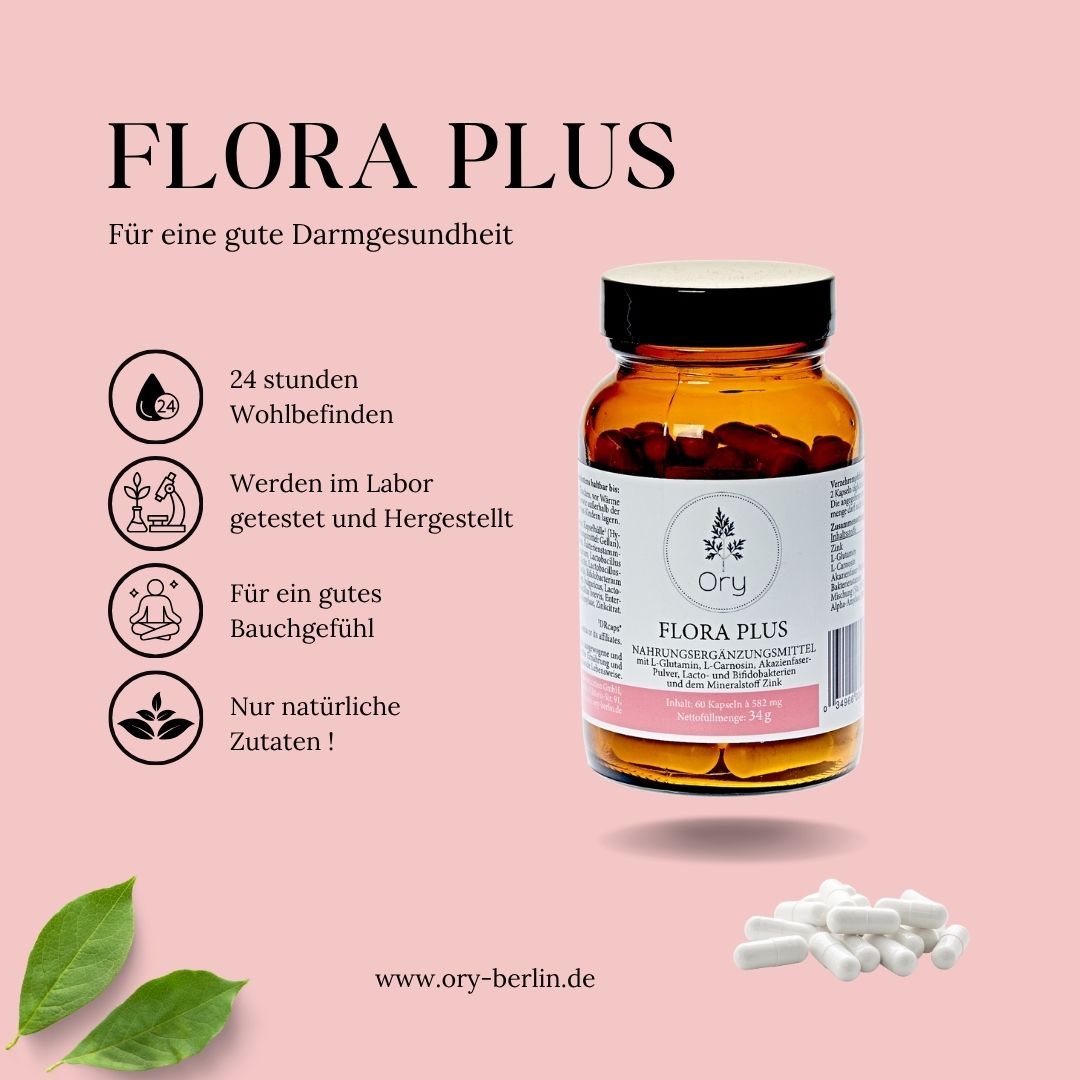
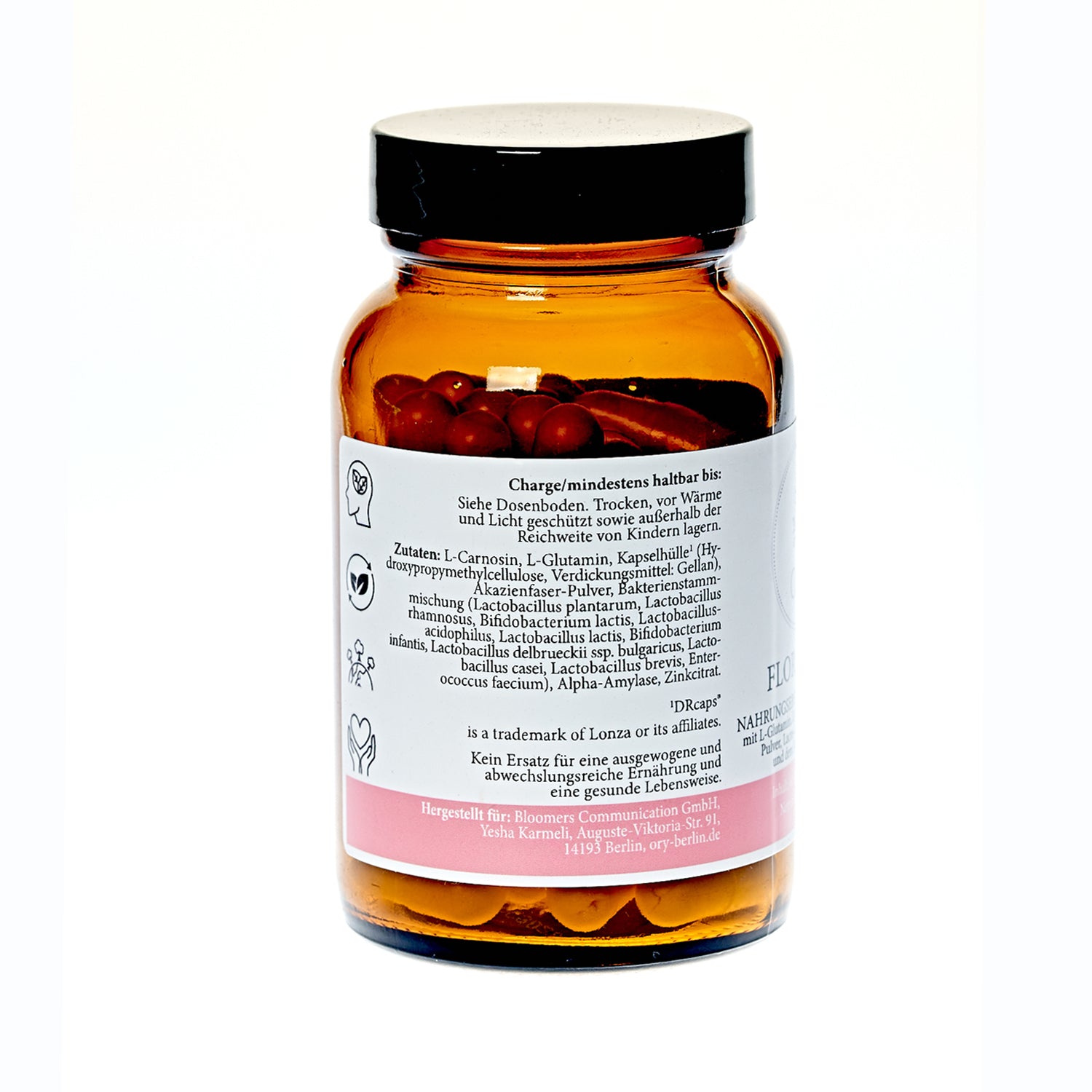
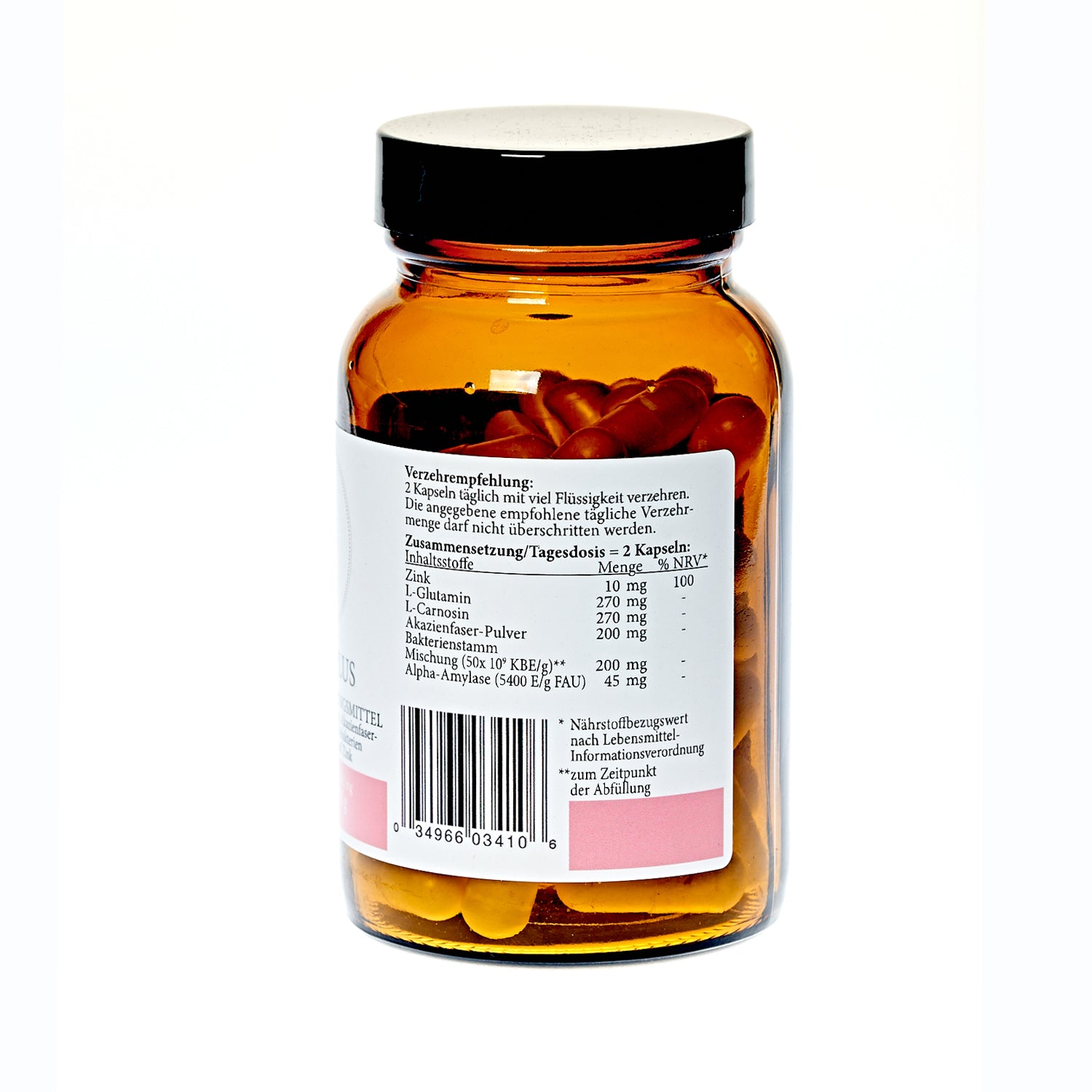
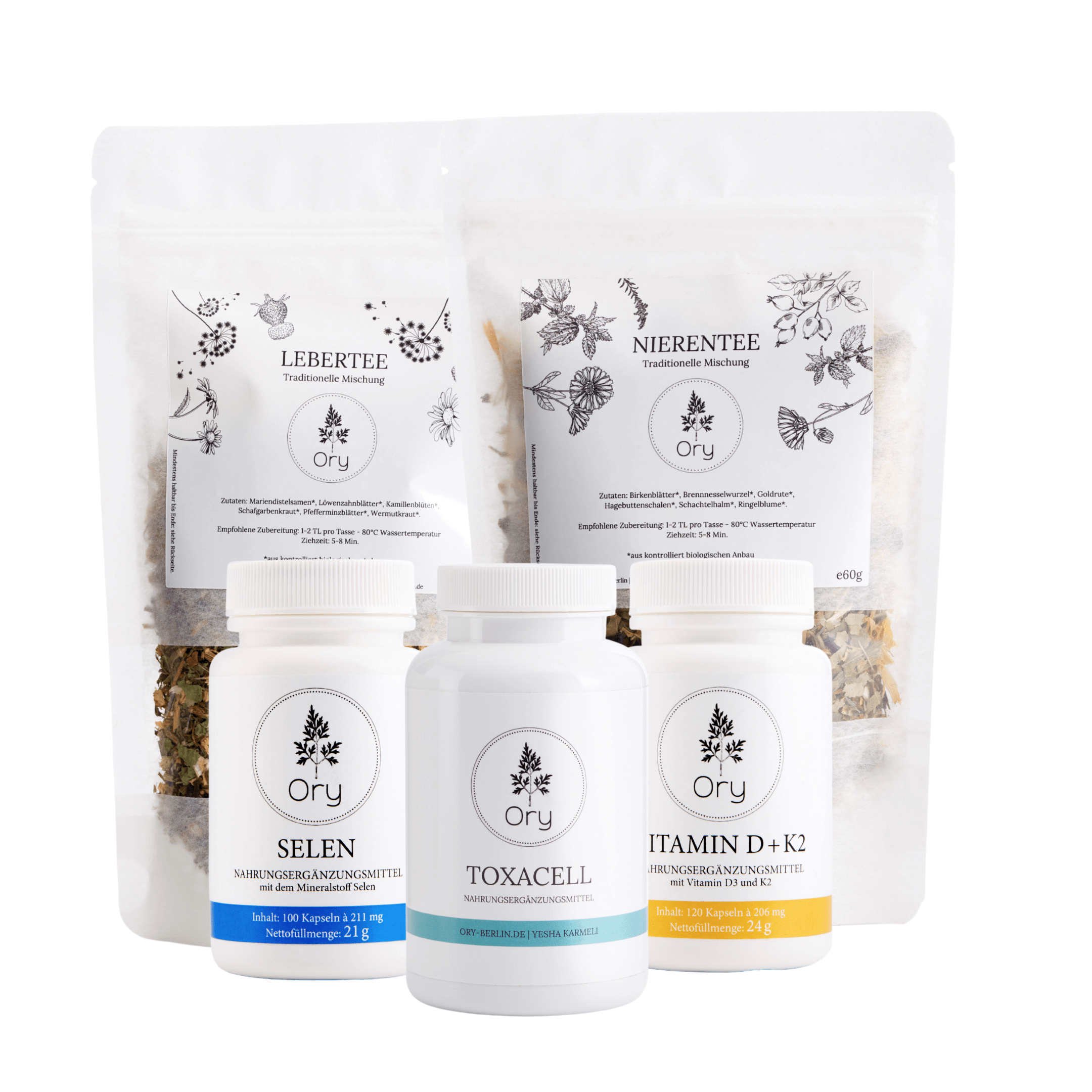
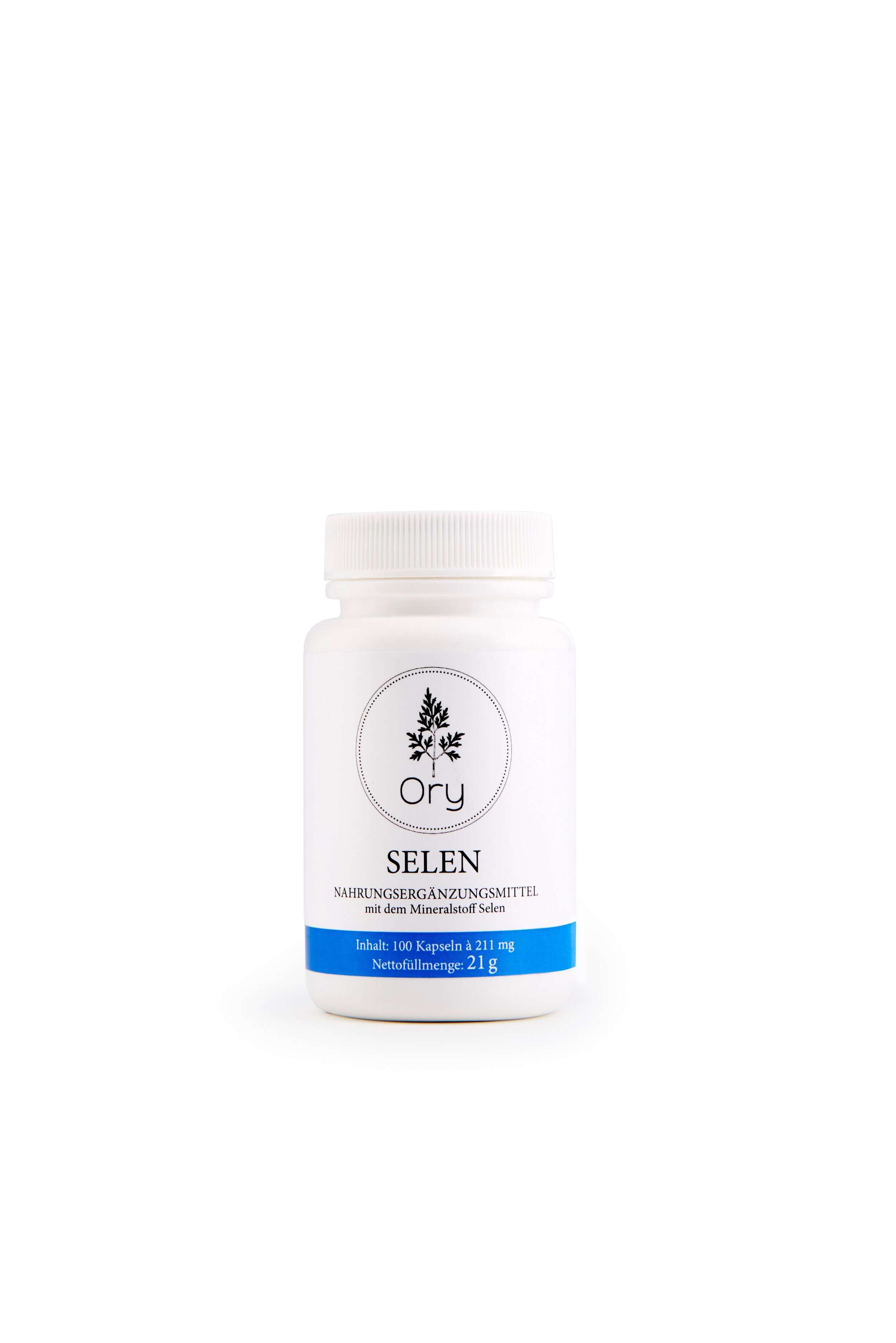
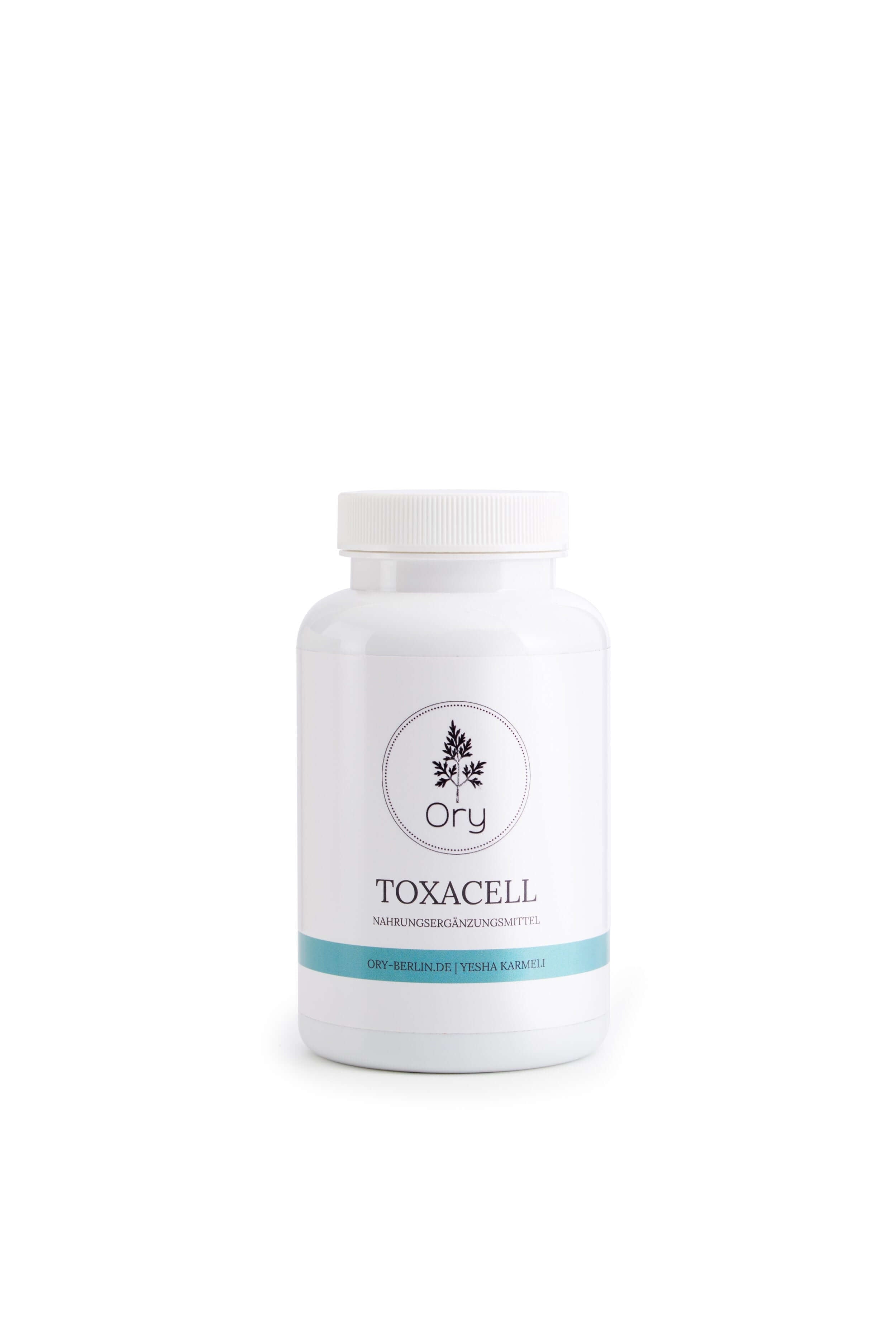
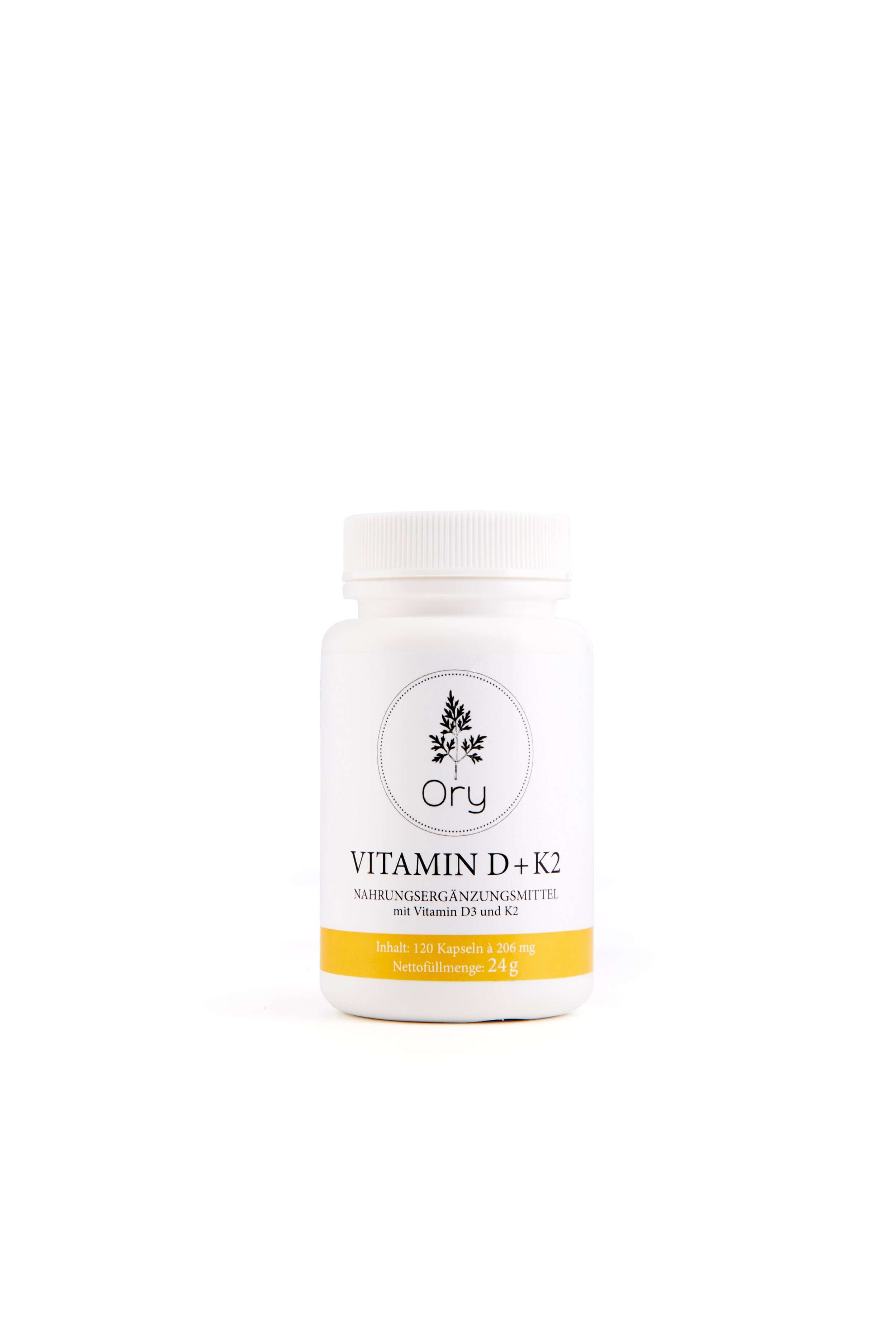


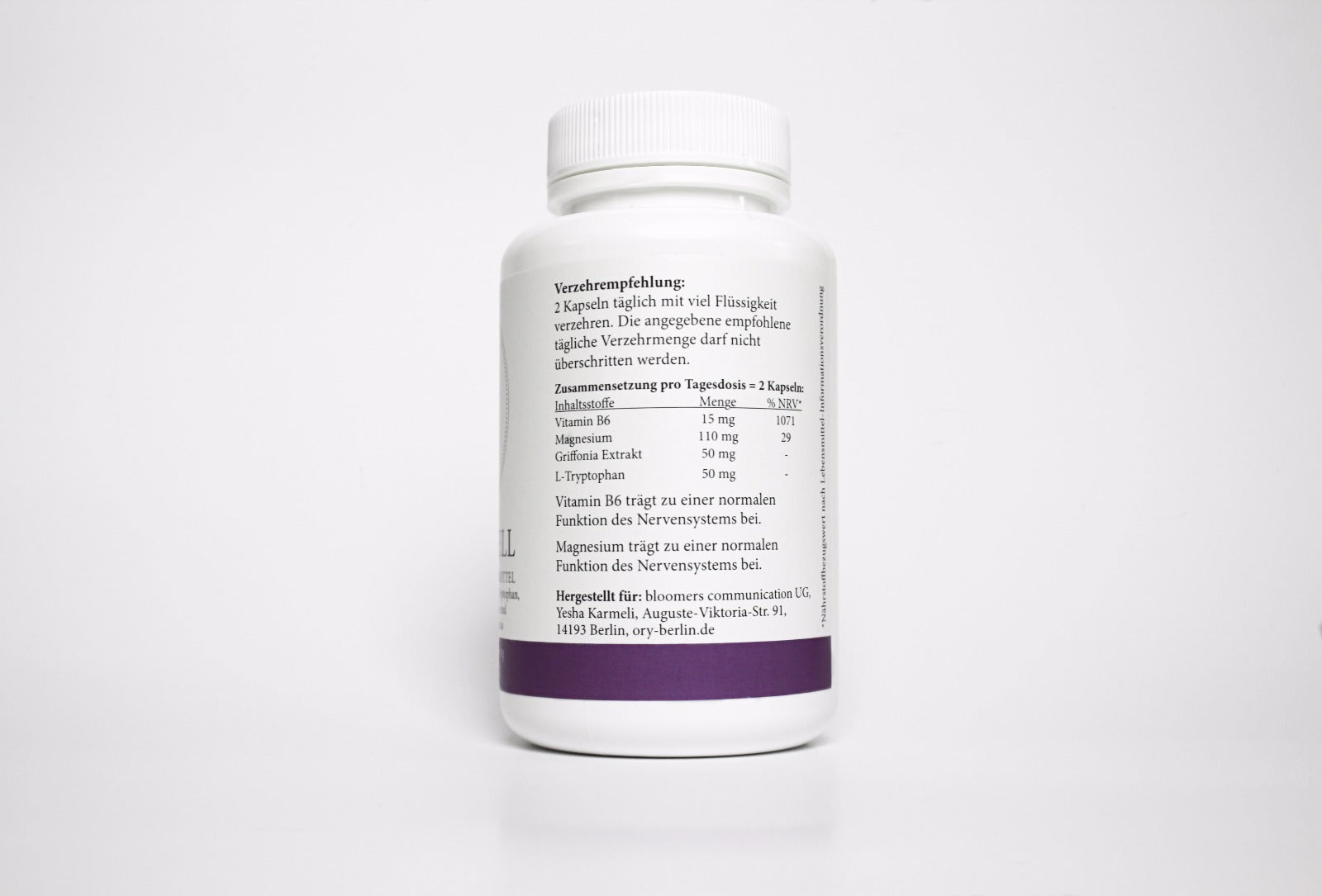
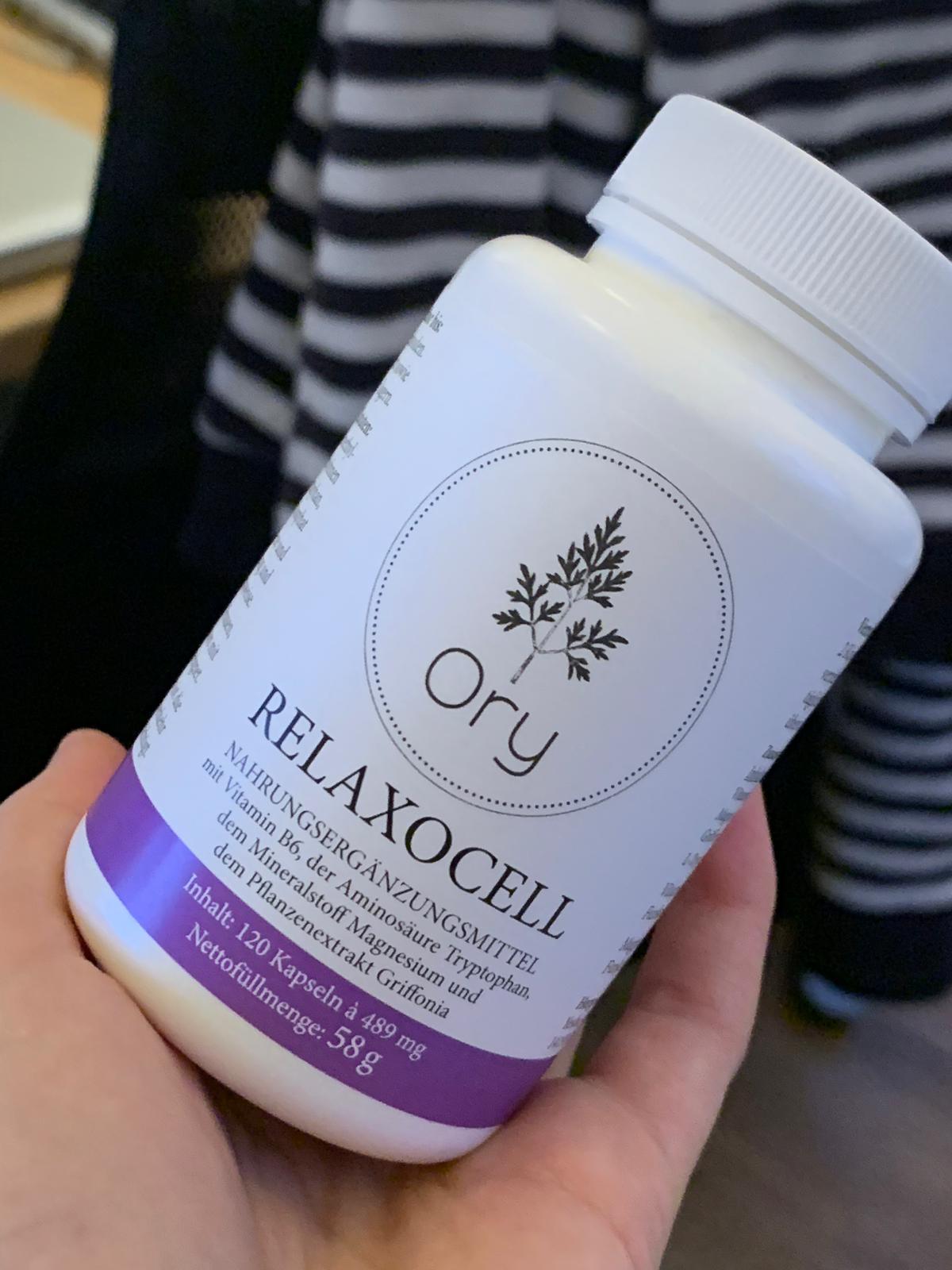









Share:
Dementia and nutrients – Mitochondrial dysfunction & brain activity
The Power of Lifestyle: Why Our Genes Determine Only 2% of Our Health